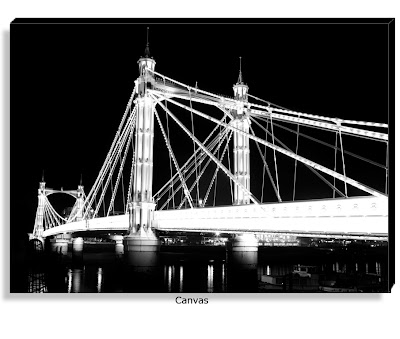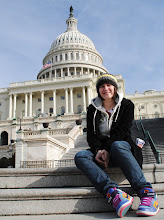Iv learnt how to use the cameras fully manual modes. Understanding how changing one setting can affect another. For example if i were to lower the shutter speed, then i would have to use a smaller aperture, to ensure the photo isn't over exposed. This would then give me a larger depth of field, and more of the image would be in focus.
Looking at the health and Safety At Work Act, along with the Wildlife And countryside Act, i can see how easily a photographer may affect the environment around them. For instance a photographer may be out in a field taking pictures of a sunset, and could come across a birds nest in a hedge, without realizing it they could disturb the nest, and could cause upset to the animals in or around it. Also if a photographer was in a studio and not paying much attention to the equipment there using, or not using them correctly they could be putting themselves and other people at risk.
I feel Ive learnt a lot from this course, its pushed me to go out and experiment with my camera a bit more. From looking at other photographers work i have gained a lot of inspiration that has helped me to produce the final twelve images for my portfolio.
I feel Ive learnt a lot from this course, its pushed me to go out and experiment with my camera a bit more. From looking at other photographers work i have gained a lot of inspiration that has helped me to produce the final twelve images for my portfolio.
Looking at other work has helped me to develop my own style. Its helped me to realize that its better to keep things simple, and not over complicate an image (lots of focal points, subjects, things which distract the eye from the main subject etc).




























-%5Bgadling-bumper%5D.jpg)














